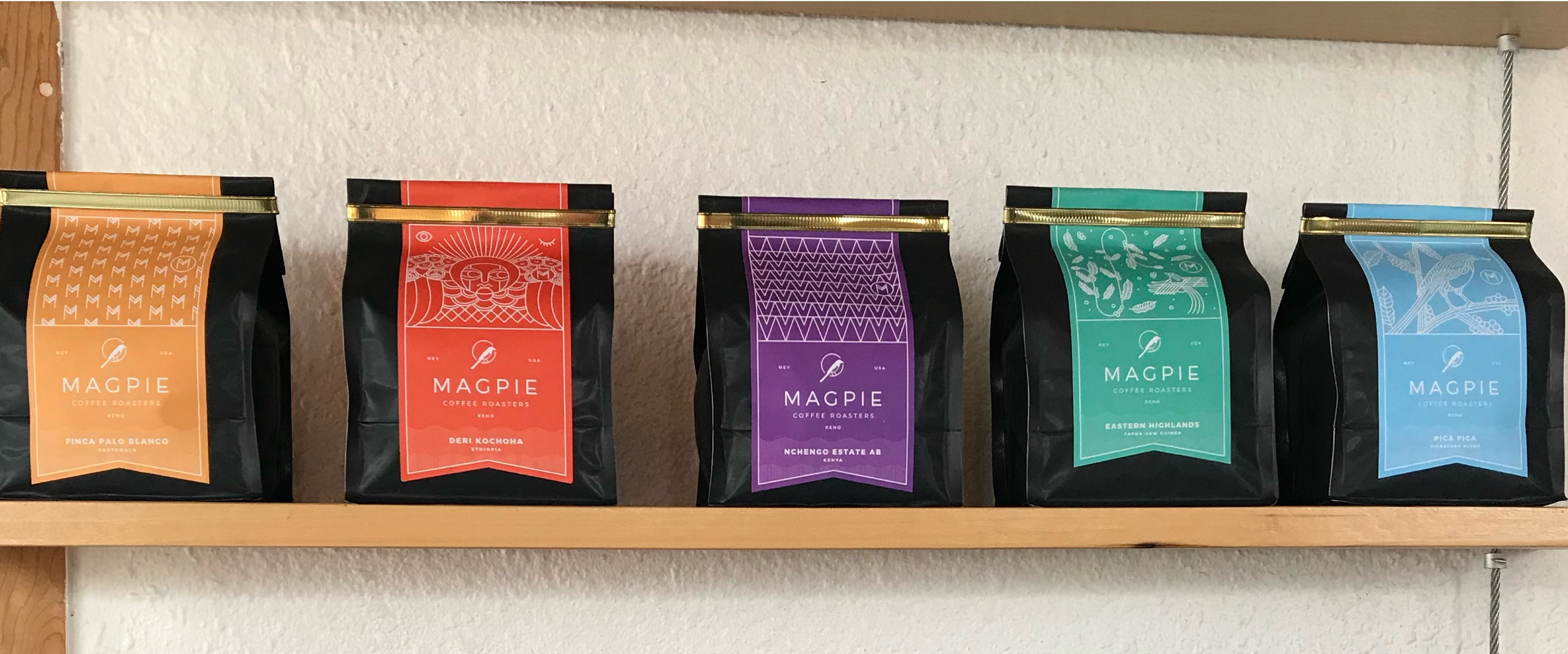Let’s Bring Humanity Back to the Digital Age
Think for a moment about all of the tools we have at our disposal that serve to replace the need for interpersonal, face-to-face conversation. Ironically, some have names like Siri and Alexa that sound like they might be close personal friends. Others are more subtle, like the fact that you can answer your door through your Ring without the need for physical proximity or order groceries with a single swipe of an app.
You can see a doctor or therapist over your computer or through your phone, order a meal and have it delivered without talking to a single person (though we recommend at minimum a kindhearted “thank you” to your Uber Eats driver) and research any information you might need without stepping foot in a library using this magical compendium of encyclopedic knowledge called “the internet.”
(Those quotes are intended to communicate sheer awe at its mystical size and scope, not that we take issue with the fact that it is indeed named “the internet.”)
The same can be said about the state of the advertising industry. Look at the headlines of speakers at high-powered industry events, and you’ll see topics like “How to hack the algorithm for (fill-in-the-blank-with-the-social-media-name-of-your-choice)” or “Mine your data for optimal results.” Analytics are often viewed as the supreme driver of strategy, as drilling down to specific demographic data is efficient and simple using technology. Some marketers are even writing blog posts to optimize specific keywords in order to game the algorithms — often to the point that the content doesn’t make any sense, but at least they’re ranking high in search results!
Now, we at the Estipona Group can all appreciate a good metric as much as the next guy — but is our messaging intended for a bot or a body?
We say “body.”
At the end of the day, advertising, marketing and public relations messages are intended to be received by people. And we believe the sterile nature of the digital world has created a sort of backlash: People are more than ever craving touch (but not the creepy kind), interaction, actual conversation and communication. Some may not even know it, but a vacuum has been created by the overreliance on technology to serve our needs.
Enter engaging conversations, creative story-sharing (not storytelling, you’ll notice) and community-building collaborations.
We believe it’s time for the pendulum to swing back in the direction of dialogue, interaction and interpersonal communication in developing client strategy. Obviously, we see immense value in data and analytics, but only as they complement and are set against a backdrop of people-oriented investigation and exploration.
Let’s consider a real-world example, a recent client strategy that we were tasked with developing. We were able to access a metric sh*t-ton of data as we set about developing this strategy — survey results, statistics collected by the client that we plotted year-over-year in pretty charts for comparison purposes and trend analysis, even industry and social demographic data to provide abundant, research-driven context.
But it wasn’t until we facilitated a focus group that we mined the true gold necessary to create a comprehensive strategy for success. Talking to 12 people in a room over tacos for a couple of hours allowed us to genuinely understand this target group’s challenges, obstacles, desires and proclivities. These were all insights that drove the behaviors of this particular group, and they were not readily available or even remotely suggested through the abundant research we had already conducted.
But once we stacked the research with the results of the focus group, a clear strategy became evident, one that we are confident will lead to success.
Over the next few months, we’re going to be talking a lot about the people part of our jobs — because we feel it’s as important as the digital side. Every client we personally serve gains insights from the data, research and metrics we collect and analyze, but more than that, they understand the psychology of the consumer — the “how” and “why” of the strategy and the results. We need to talk about this more. We need to highlight the benefits of personal touch and the insights gained from genuine conversation.
And in the meantime, I’m going to personally commit to a lot more library visits (because books), some good old-fashioned family meal prep/dining without the use of a single app and perhaps even discontinuing the practice of texting my kids when we are both in the same house.
Joking, of course. OK fine, totally serious.
Mikalee Byerman is the VP of Strategy for the Estipona Group and admits to only texting her kids in her home when she is cold and snuggled under super-soft blankets. Admit it: You do it, too. Email her with your human-centered strategy questions. And yes, she sees the irony in that statement.



